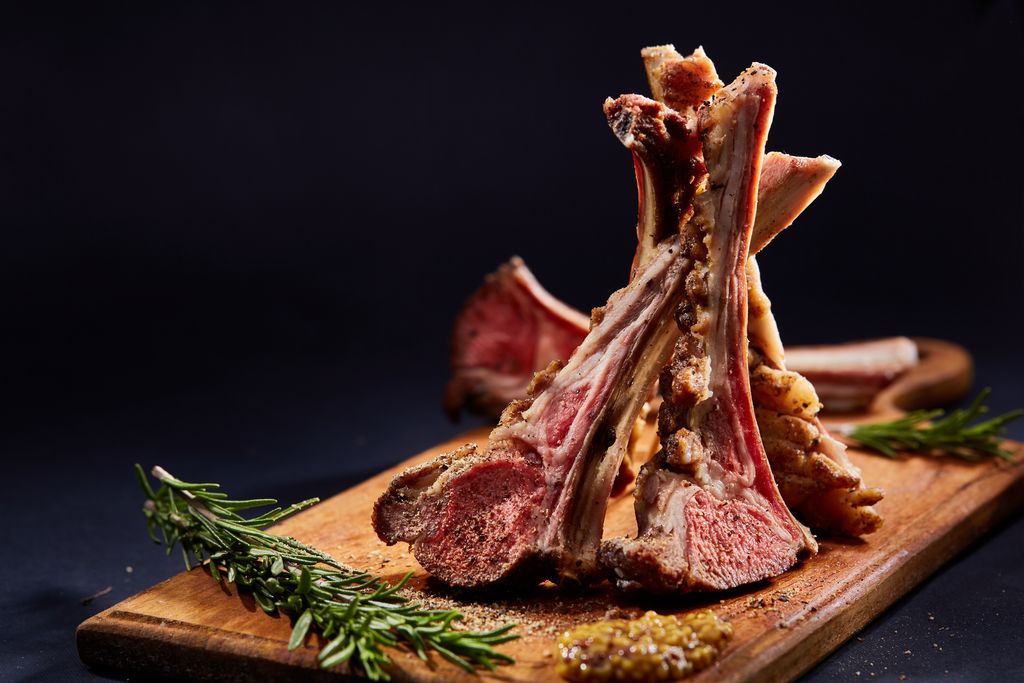When one thinks of indulgence in fine dining, the mind often turns to dishes that are as much about experience as they are about taste. Among these, lamb has long held an esteemed place at the table. Its distinct flavor, tender texture, and versatility have made it a staple across Michelin-starred restaurants and haute cuisine menus around the world. Superior Farms lamb understands that for chefs and diners alike, lamb represents more than just a protein, it embodies refinement, craftsmanship, and a celebration of culinary artistry.
A Flavor Unlike Any Other
The appeal of lamb begins with its flavor profile. Unlike beef, which tends to be more neutral and can rely heavily on seasoning or sauce, lamb carries an inherent richness that is immediately recognizable. Its slight gaminess, combined with delicate marbling, gives it depth that chefs love to highlight. This complexity means lamb pairs seamlessly with bold spices, delicate herbs, or luxurious sauces without losing its identity.
Chefs often note that lamb possesses a “terroir-like” quality, much like fine wine. The pastures where lambs graze, the grasses and herbs they consume, and the conditions in which they are raised directly influence the flavor of the meat. For this reason, lamb sourced from New Zealand, Colorado, or the Pyrenees each brings subtle distinctions in taste, allowing chefs to curate menus that showcase regional character. Superior Farms has found that more chefs prefer the mild taste of American lamb as well as the higher meat-to-bone ratio.
The Michelin-Starred Seal of Approval
Lamb is no stranger to the most prestigious dining rooms in the world. In Michelin-starred establishments, chefs view lamb as a canvas for creativity and a symbol of luxury. Its adaptability across cuisines means it can be presented in countless forms:
- French haute cuisine highlights rack of lamb, often crusted with herbs like thyme or rosemary, paired with reductions of red wine or port.
- Modernist tasting menus may present lamb loin with unexpected pairings like smoked eggplant puree, mint-infused oils, or molecular gastronomy foams.
- Mediterranean fine dining often incorporates slow-braised lamb shanks infused with saffron, cinnamon, or preserved lemons, offering an indulgent fusion of spice and tenderness.
When lamb appears on a fine dining menu, it signals indulgence. Guests know they are about to experience something curated for the senses, with flavor and presentation balanced in harmony.
Marbling, Tenderness, and Richness
Beyond flavor, lamb stands out because of its texture and fat composition. Fine dining emphasizes mouthfeel, and lamb’s marbling provides an exquisite, buttery tenderness that elevates each bite. Cuts such as the rack, loin, and leg are prized for their balance of lean muscle and intramuscular fat, which not only enhances succulence but also carries aromatic herbs and spices beautifully when cooked.
Unlike beef or pork, lamb’s fat has a unique character that deepens when roasted or braised. It renders into sauces that coat the palate luxuriously, turning a simple meal into a moment of indulgence. For chefs striving to deliver experiences that linger in memory, lamb offers exactly the kind of sensory impact they seek.
Symbol of Prestige and Celebration
Lamb’s connection to luxury is not only gastronomic, it is also cultural. For centuries, lamb has been featured in feasts, religious ceremonies, and celebratory banquets. In many traditions, it symbolizes prosperity and abundance. This association has carried into modern fine dining, where lamb remains a centerpiece for celebratory meals and milestone experiences.
Chefs harness this symbolic weight to amplify the sense of occasion in their menus. A beautifully plated lamb dish served under candlelight in a Michelin-starred dining room becomes more than food, it becomes a ritual of refinement, connecting guests to a broader history of gastronomy and culture.
Global Versatility in Fine Dining
Another reason lamb is considered the pinnacle of flavor is its global versatility. Few proteins adapt as seamlessly to international cuisines while still retaining their luxurious appeal:
- Middle Eastern cuisine celebrates lamb in dishes like slow-roasted shoulder with pomegranate glaze or kebabs seasoned with cumin and coriander.
- Indian fine dining elevates lamb through curries and biryanis, where its richness balances aromatic spices.
- Nordic chefs have embraced lamb in minimalist presentations, pairing it with foraged herbs and root vegetables to highlight purity of flavor.
This universality allows chefs to present lamb as a luxurious star in virtually any culinary context, while still allowing them to experiment with unique techniques and cultural storytelling.
The Modern Fine Dining Experience
Today’s diners seek not just sustenance but experiences. Chefs answer this call by crafting multi-sensory dining journeys, and lamb consistently plays a starring role. Whether prepared sous-vide for ultimate tenderness, roasted with precision to achieve a perfect crust, or slow-braised until fall-apart tender, lamb adapts to the innovation of contemporary kitchens without losing its timeless allure.
Michelin-starred chefs often emphasize that lamb’s luxurious appeal lies in its balance of familiarity and exclusivity. While many diners have tasted lamb before, the way it is transformed in fine dining settings, paired with truffle jus, plated with edible flowers, or presented as part of an artistic tasting menu, turns it into something extraordinary.
The Pinnacle of Flavor
Lamb’s status as the pinnacle of flavor in fine dining rests on several pillars: its unmatched taste, tender marbling, cultural prestige, and adaptability across cuisines. For chefs, it offers both tradition and innovation, a chance to honor heritage while experimenting with cutting-edge techniques. For diners, it represents luxury, indulgence, and the artistry of the culinary world at its finest.
In the hushed dining rooms of Michelin-starred restaurants, where every detail matters, from the stemware to the final garnish, lamb is more than an ingredient. It is a statement of refinement, a celebration of flavor, and a reminder of why dining, at its best, is an experience worth savoring.
